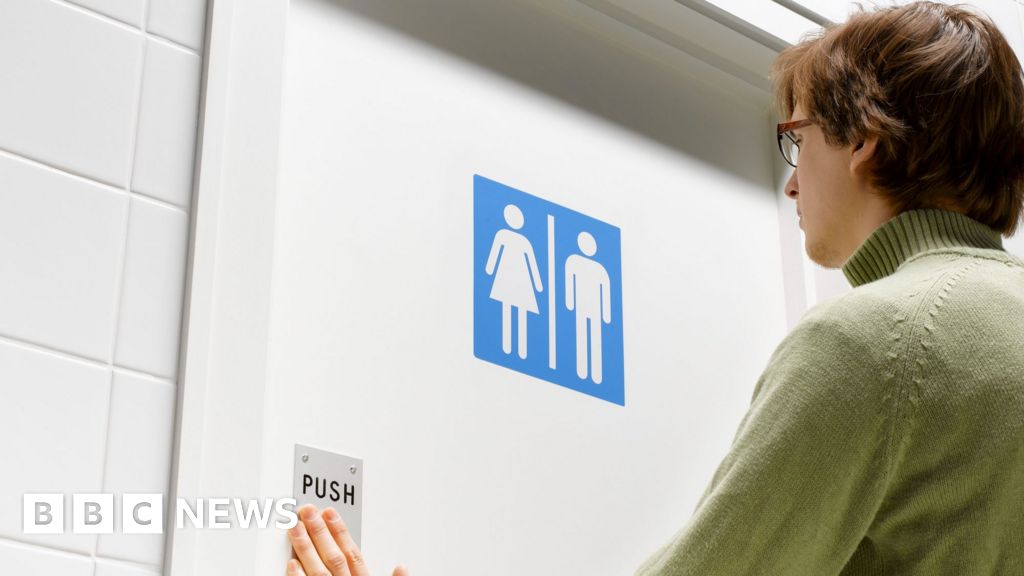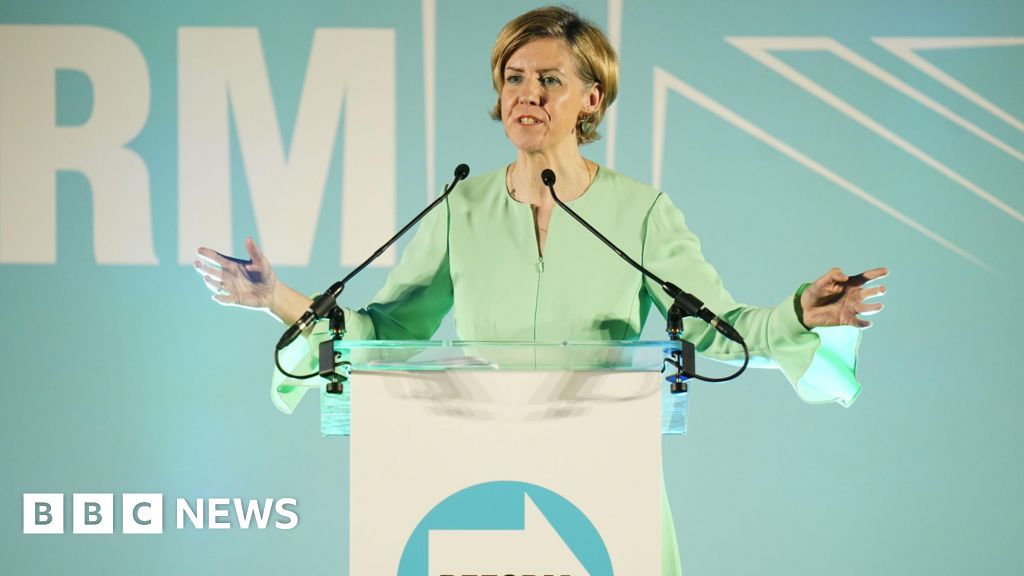ARTICLE AD BOX
By Tom Symonds
Home Affairs correspondent
Image source, Getty Images
Image caption,The former housing minister says he got the impression a review of safety guidelines was "not life critical"
At the time of the Grenfell Tower disaster the government had a "completely false picture of the level of fire safety" in England, the former housing minister has told an inquiry.
Lord Barwell said he had got the impression a review of safety guidelines was "not life critical" and the number of fires had been falling.
Between 2013 and 2017 the government failed to simplify the guidance.
Seventy-two people died in the fire in the west London tower block in 2017.
Appearing before the Grenfell public inquiry on Tuesday, Lord Barwell, who was housing minister from 2016 to 2017, said "no-one said it was life critical".
"The government had a completely false picture of the level of fire safety, but it wasn't just the government, it wasn't an issue being raised by the opposition," he said.
The peer said he had "gained a completely false situational awareness".
Government housing officials have said the pressure to remove regulations to ease the burden of red tape on the building industry was one of the reasons the guidelines were not simplified.
However, Lord Barwell insisted he did not put pressure on officials to cut red tape and, by the time he was a minister, it was not a priority.
"I would be horrified if any civil servant in that department was ever scared to come to me and say 'this is what I think you should be doing'," he said.
The initial report into the Grenfell Tower fire was published in October 2019, following the conclusion of the first part of the inquiry. It looked at the events of the night of the fire, focusing on the fire itself, how it started and spread, and the emergency response to it.
The second part is now examining the causes of these events, including how the tower block came to be in a condition that allowed the fire to spread.
In 2013 a coroner who was examining the deaths of six people killed in a fire at Lakanal House in South London in 2009 demanded simplification of the guidelines for meeting building regulations.
During her investigation, Francis Kirkham said the guidelines were confusing, and the government had agreed to modify them by 2017.
One clause allowed the use of cladding panels, rated Class 0, on buildings taller than 18m (59ft), despite them being combustible.
Another apparently contradictory clause was intended, by the civil servant who drafted it in 2006, to ban combustible cladding.
But to allow flexibility in the building industry, he inserted a requirement for "filler material" to be partially fire resistant, rather than explicitly identifying cladding.
Many involved in the refurbishment or construction of residential tower blocks failed to understand this meant combustible cladding could not be used, the inquiry heard.
Between 2013 and the Grenfell fire in 2017 the government failed to deliver on a commitment to simplify and remove inconsistencies in the guidance relied on by the construction industry, the inquiry heard.
The complex rules for ensuring building safety have been partly blamed for the fire, by many in the building industry and Grenfell campaigners.

 3 years ago
34
3 years ago
34








 English (US) ·
English (US) ·